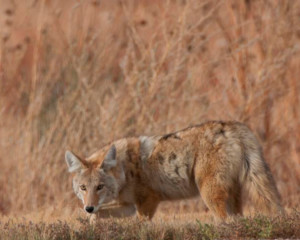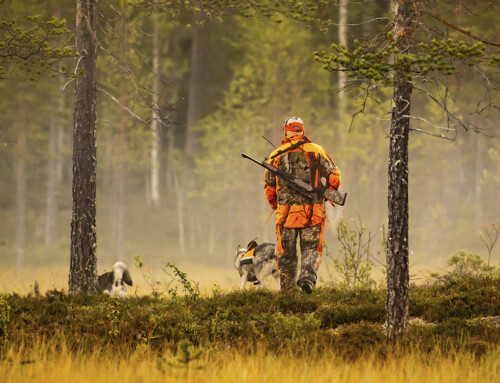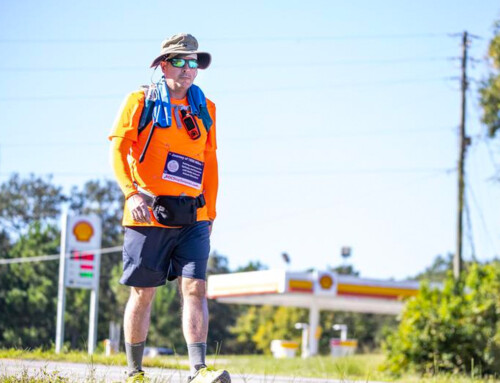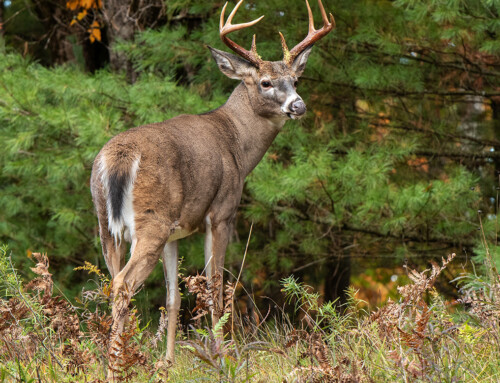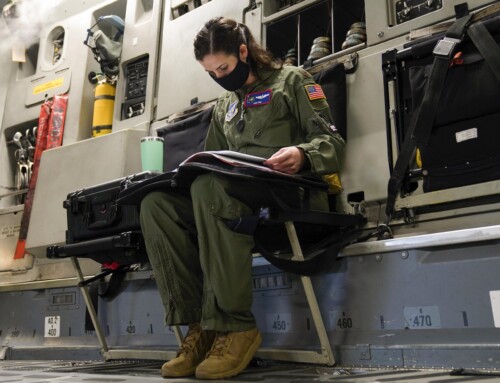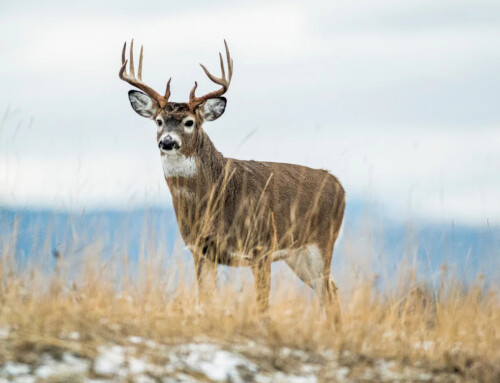No matter how many times you watch the coyote-killing team on video, you just can’t figure out how to duplicate their success. While those guys seem to bring coyotes running to the gun every time they make a rabbit squeal, you’ve only managed to call in a few crows and one stray dog looking for an easy meal. You’ve spent a few months’ worth of rent on rifles, lights and calls. You’re developing tinnitus from listening to the scream of a dying rabbit over and over. And, still, you haven’t gotten a single ‘yote to show for your efforts.
Having trouble calling coyotes? You might be making some of these common mistakes.
There is hope. Chances are you’re making some type of bone-headed move that’s keeping the coyotes away. All you have to do is figure out what that is. To help things along, we’ve compiled a list of eight common mistakes that rookie coyote hunters make, and solicited some advice from the experts on how to fix them.
1. You’re Hunting Where There Are No Coyotes
You might be surprised at how often this happens.
Unlike deer hunters who scout for months in search of a big buck, coyote hunters have a tendency to say, “They should be here” and set up in an area where there may or may not be many coyotes.
Hunting in an area that is nearly void of coyotes is a big waste of time and energy. Scouting helps you to avoid that trap. Look for tracks, kill sites and scat, and it’s not a bad idea to pay attention to coyote vocalizations to determine where they call home. It’s well worth a few hours of your time to greatly up the odds of success when you’re hunting. Once you do find an area with coyotes, don’t run them all off with a sloppy approach to your calling setup.
2. You’re Using the Wrong Call
Coyotes don’t just come running any time they hear something that sounds like a dinner bell.
“With all the coyote hunters out there it’s hard to find a mature dog that hasn’t been called to,” says Realtree pro-staffer and predator hunting expert Fred Eichler. “Many are educated and often turn tail and run when they hear the common sounds used by most coyote hunters. By using the calls coyotes haven’t heard, or that aren’t commonly used, a new caller will have more success. I often use bird calls like a turkey in distress or woodpecker distress or I use fawn bleats or puppy screams to bring in call-shy dogs.”
For newcomers, coyote hunting guru Mark Zepp recommends an electronic caller.
“The reliability of today’s electronic calls make it easy for anyone to go out and give it a try without worrying whether or not they are making a correct sound with a hand call,” he says.
Hunting coyotes isn’t easy. Avoiding these mistakes will ease the pain a bit. (John Hafner image.)
3. You’re Not Seeing Them
Just because you haven’t killed a coyote doesn’t mean you haven’t called one in. You probably have, but your setup was flawed and the coyote spotted you before you spotted it.
“A common mistake for beginners is to sit down and start calling in an area with low visibility,” Mark Zepp says. “If you can’t see the predator, you can’t get a shot at him either. Sometimes your only option is to hunt in thick cover, but it’s best to move and call from a spot where you can see at least 50 to 75 yards, preferably much farther than that.”
Train yourself to look for movement. An old coyote will often hang up in cover and check its surroundings before moving into the open.
Read the whole article at RealTree.com
Source: Brad Fitzpatrick/RealTree.com
Photo Credit: Russell Graves, John Haffner




